Gigabyte Z170X-Ultra Gaming ATX Motherboard Review
Why you can trust Tom's Hardware
Gigabyte’s Software Suite
Gigabyte’s included applications launch from its App Center applet, which also includes shortcuts for a few Windows settings, a download menu for additional freeware, and its Live Update software updating utility. That utility is accessed by clicking the down arrow icon next to the settings, minimize, and close icons.
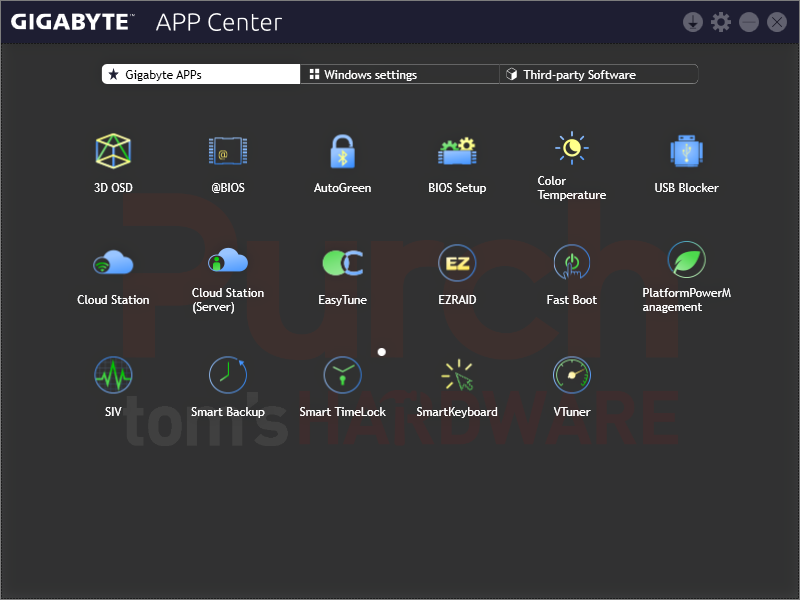
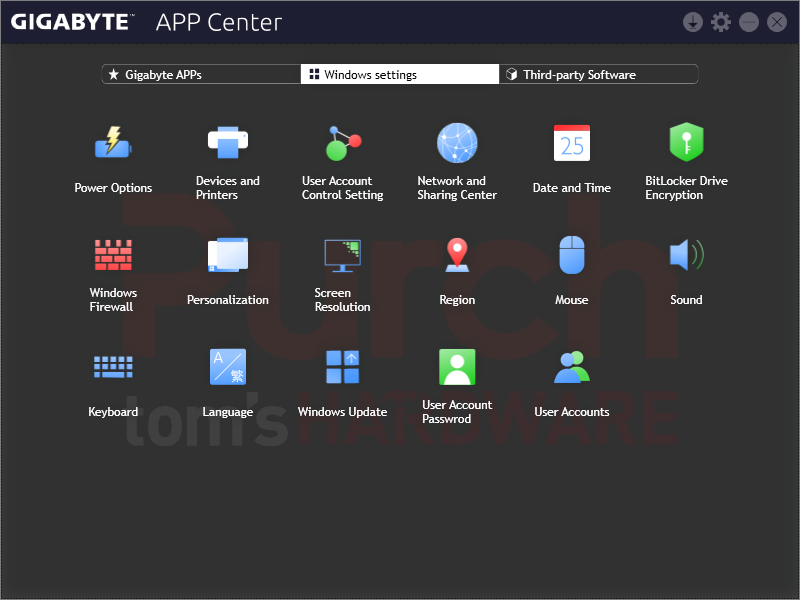

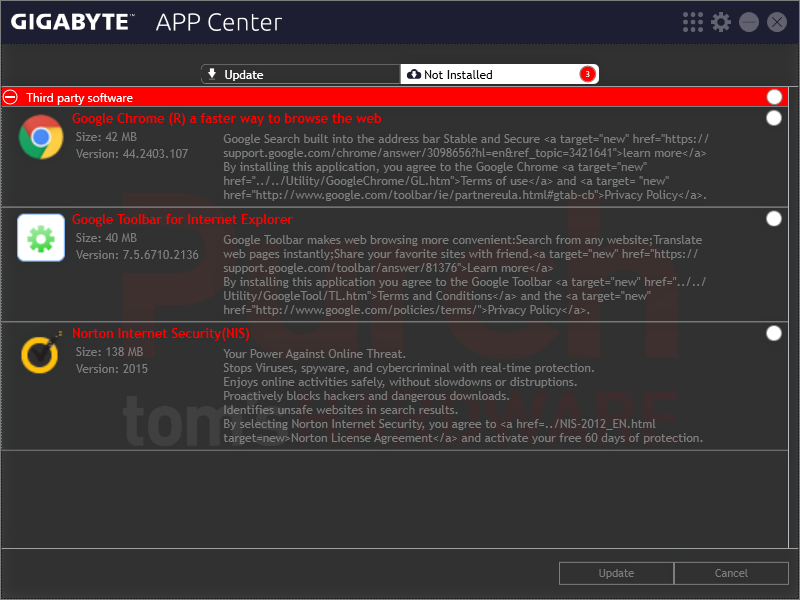
The additional freeware menu is currently limited to Intel’s XTU overclocking software. Live Update shows that we didn’t install Google Chrome, Google Toolbar, or the 60-day evaluation of Norton Internet Security, which is also included on the DVD.
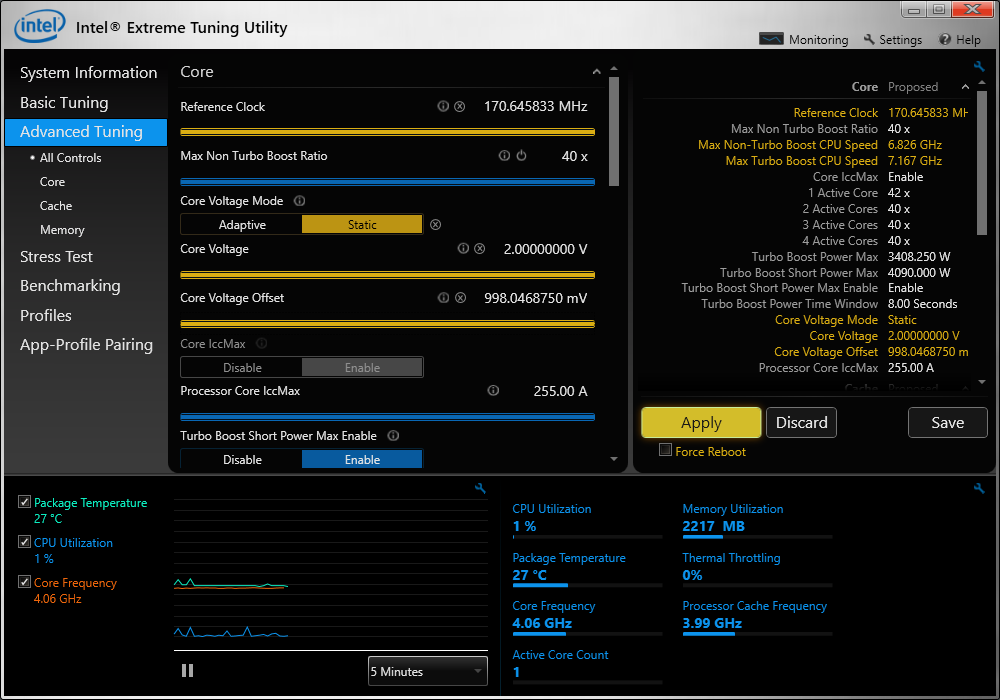
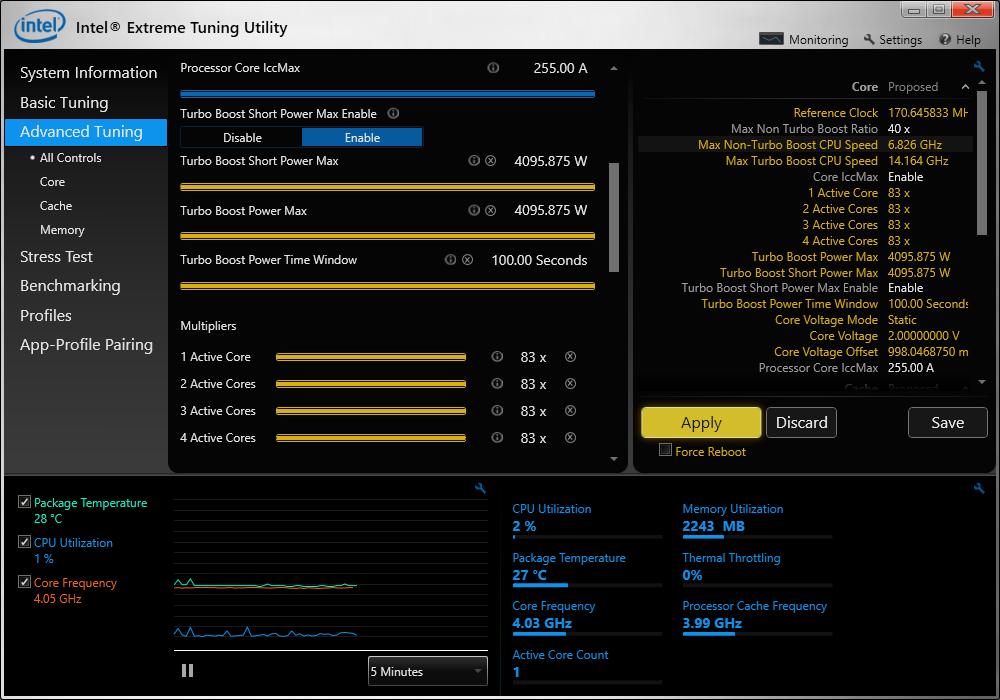

Gigabyte doesn’t add its logo to Intel’s XTU, and the competitor that does is still providing the same software. Useful in its own right, XTU is not optimized for the additional settings found in Gigabyte hardware.
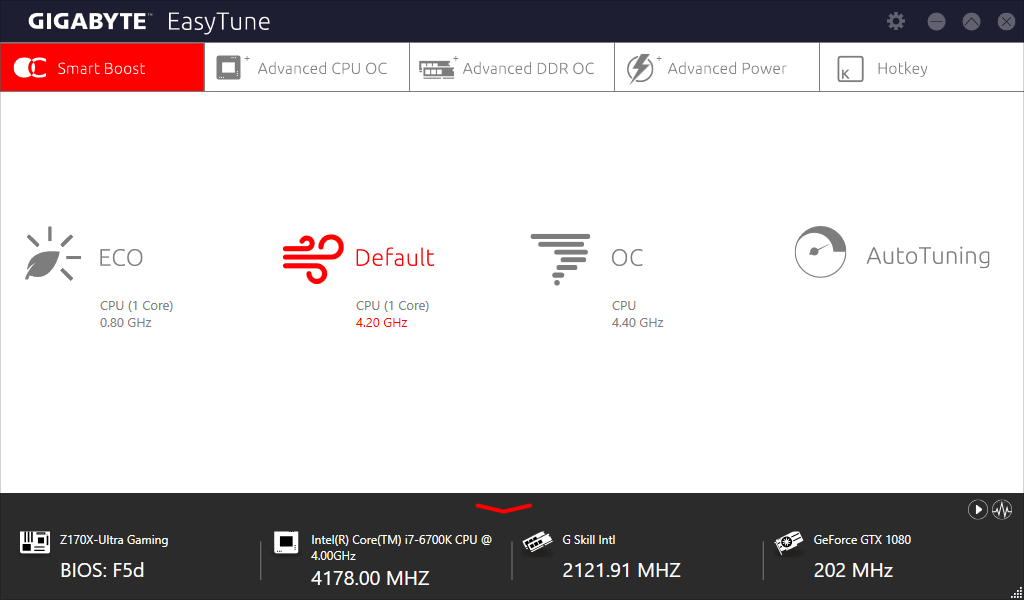

Gigabyte EasyTune includes a power-saving underclock mode and a factory-defined overclock of 4.40 GHz at 1.30V. An “Auto Tuning” function that’s supposed to optimize the best settings for each processor by cycling through clock increases and stability tests also concluded that 4.40 GHz at 1.30V was the best setting for our CPU.
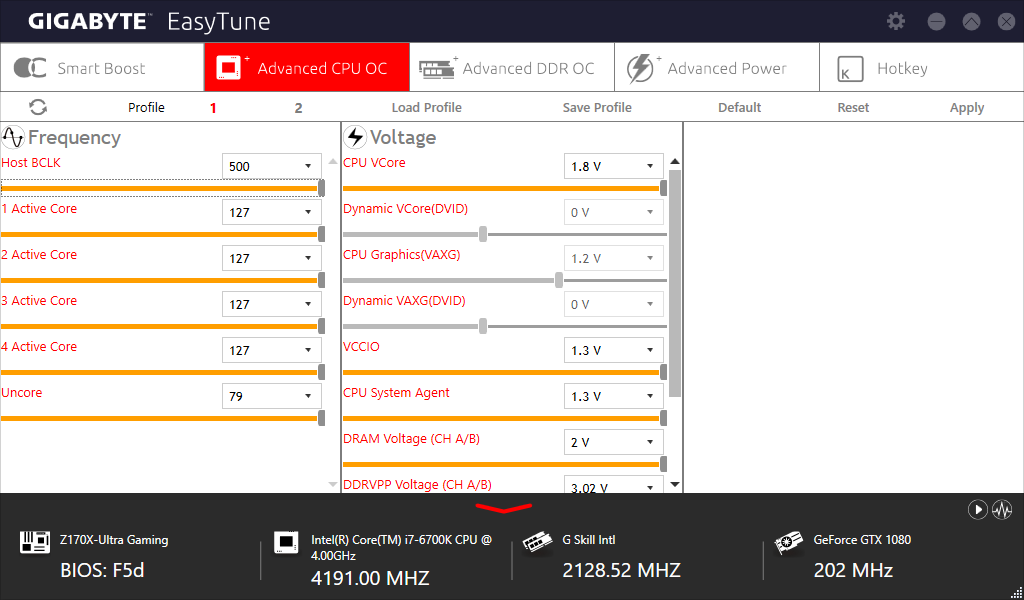


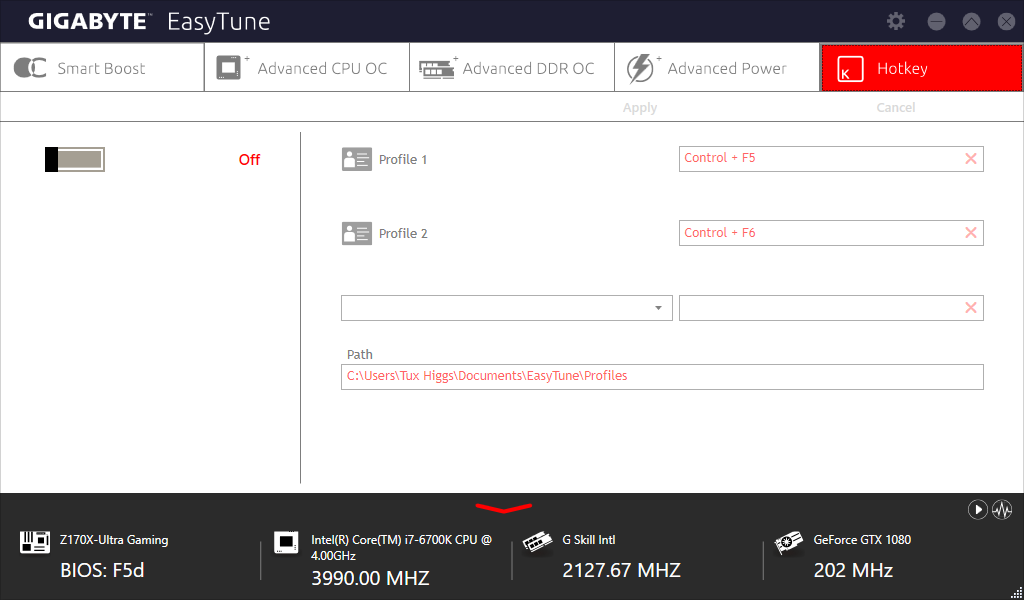
EasyTune Advanced overclock settings exceed the range available in Intel XTU, taking the board all the way up to its firmware limits. DRAM timings are not adjustable through software, and a reboot is required to change the memory ratio. Clicking “Apply” to a DRAM ratio adjustment forces a “Reboot Now?” request that you simply cannot back out of: The software forces a reboot even when pushing the keyboard’s ESC key.



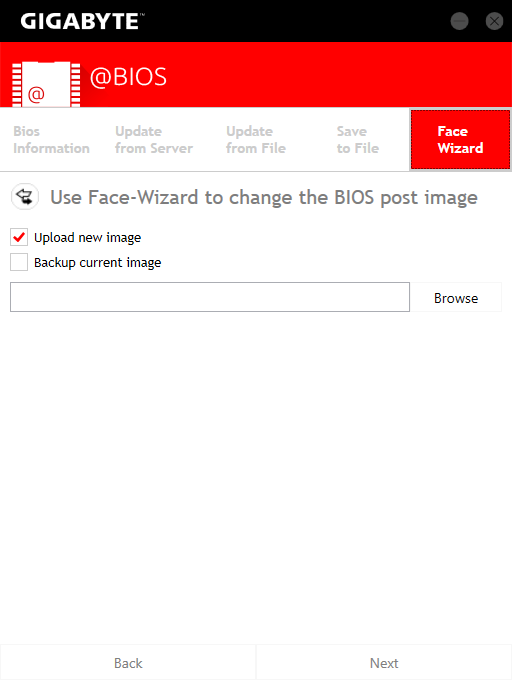
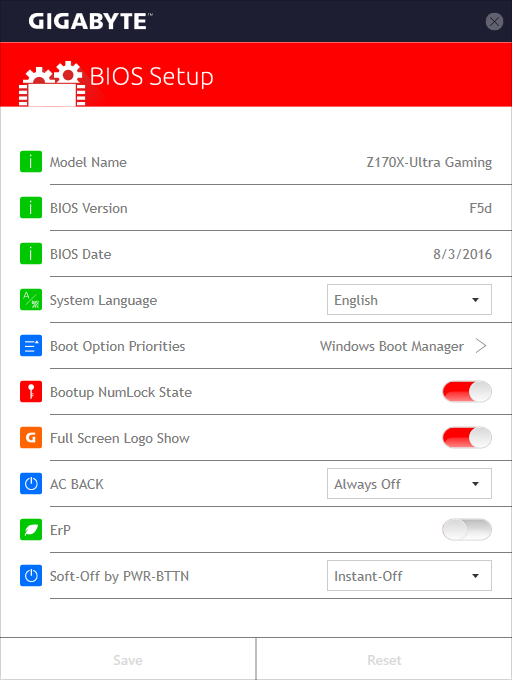
Gigabyte’s @BIOS utility lets you save and update the firmware IC from Windows, and even replace the splash screen of that firmware. Call me archaic, but I’d rather not take the chance of some random Windows event freezing my PC in the middle of a firmware update.
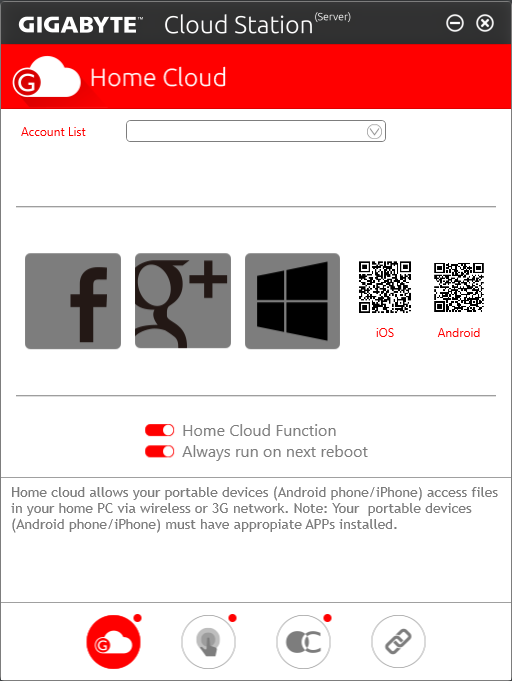
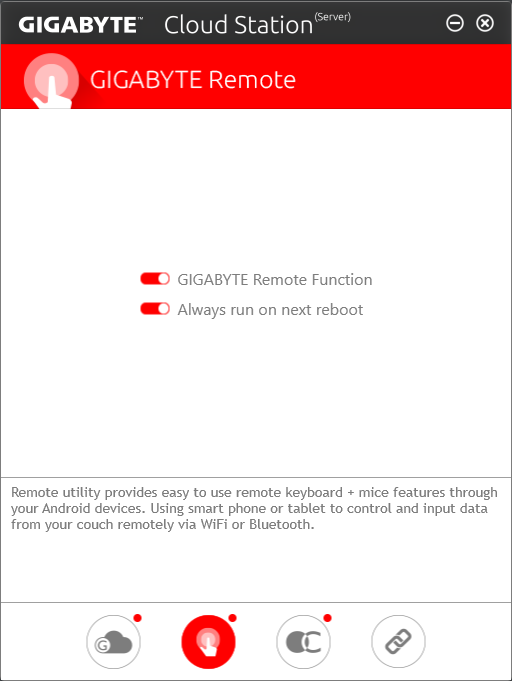
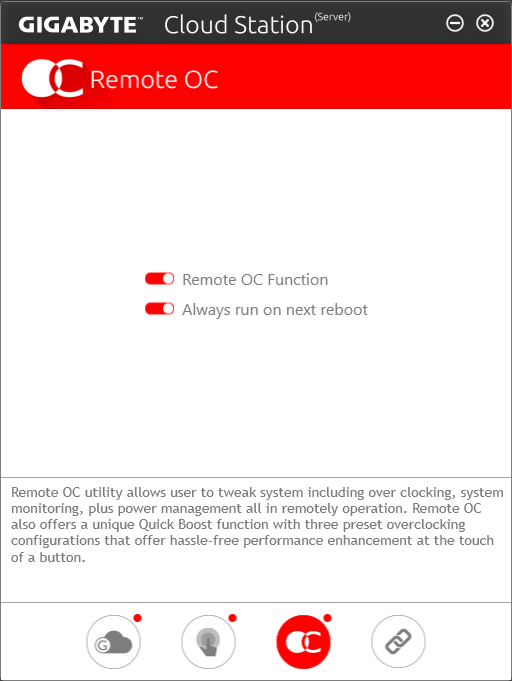
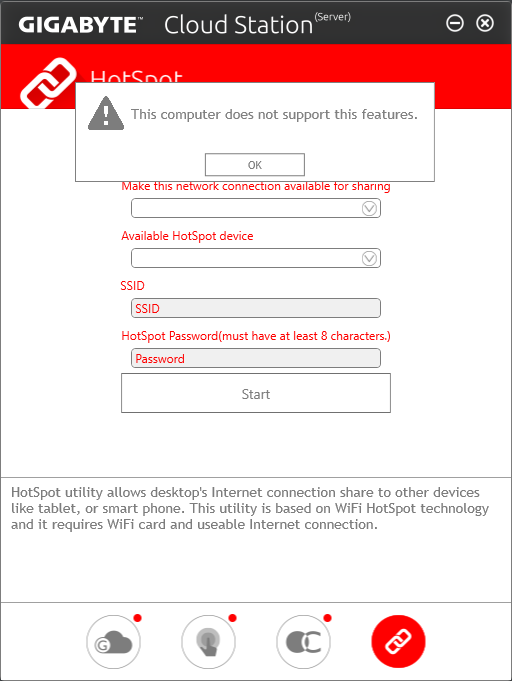
Gigabyte Cloud Station Server lets you use your smartphone as a remote or overclocking tool. An included hotspot function is designed for other Gigabyte motherboard models that have integrated Wi-Fi, but you’re welcome to try it with your own Wi-Fi adapter and let us know how well it works.
Get Tom's Hardware's best news and in-depth reviews, straight to your inbox.
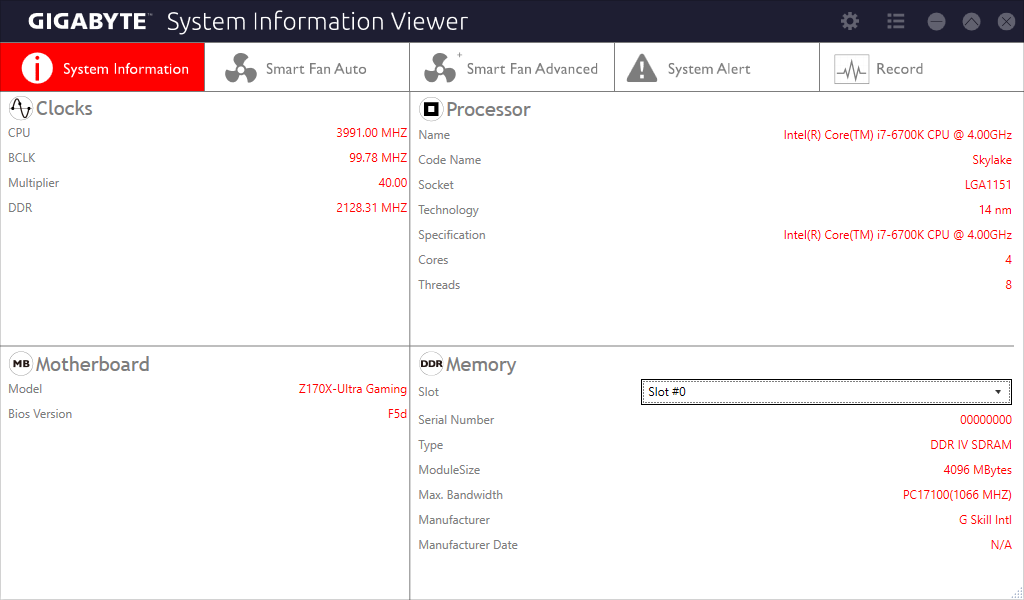
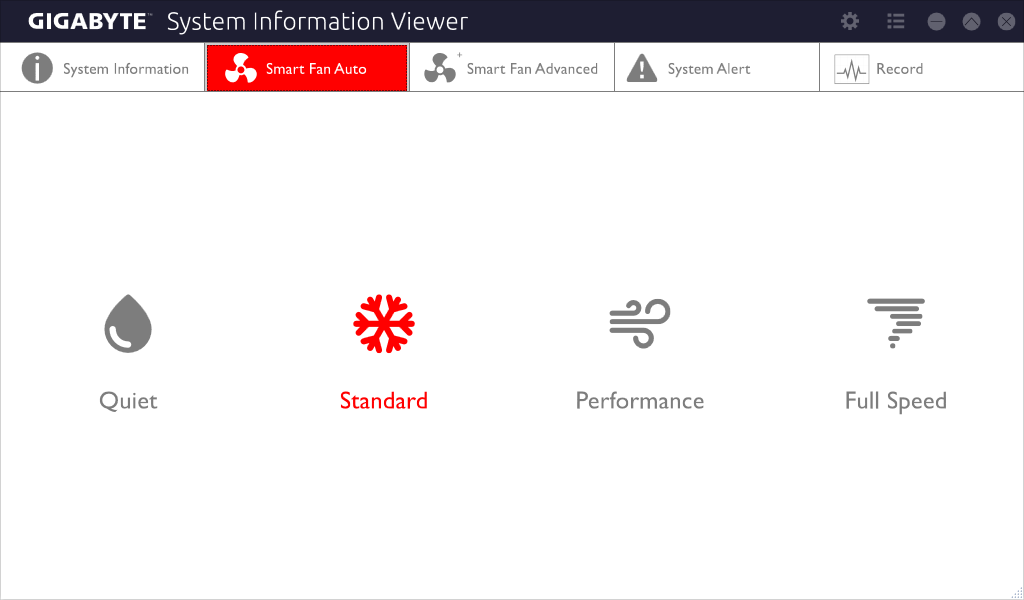

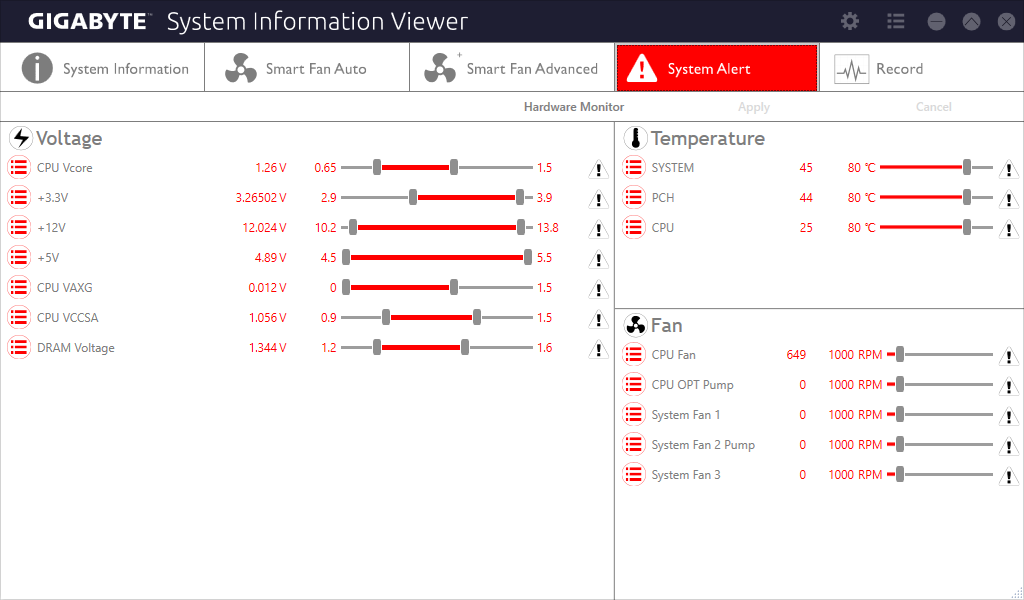
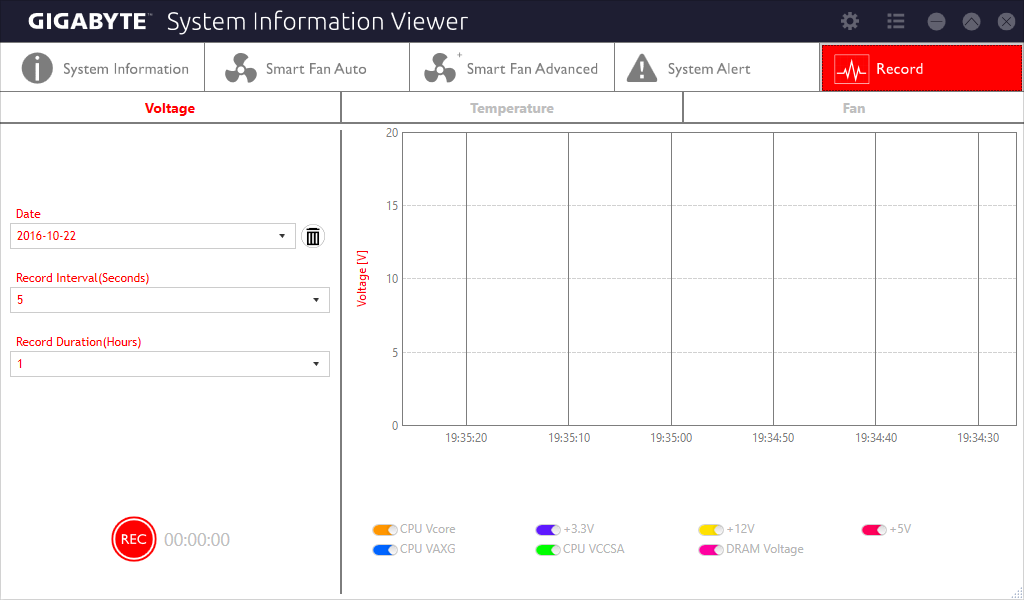
As the name suggests, Gigabyte System Information Viewer displays system stats. It also offers full-time monitoring and alarm functions. Moreover, the Windows-based fan settings are found here, where it performs a similar (if not identical) function to firmware fan controls.
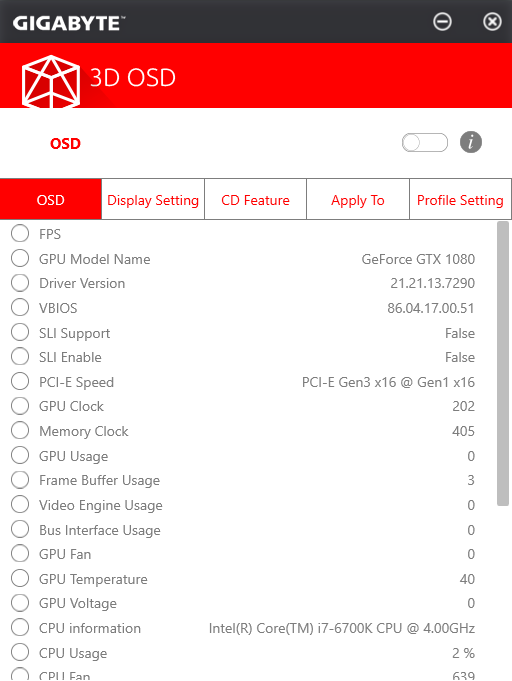
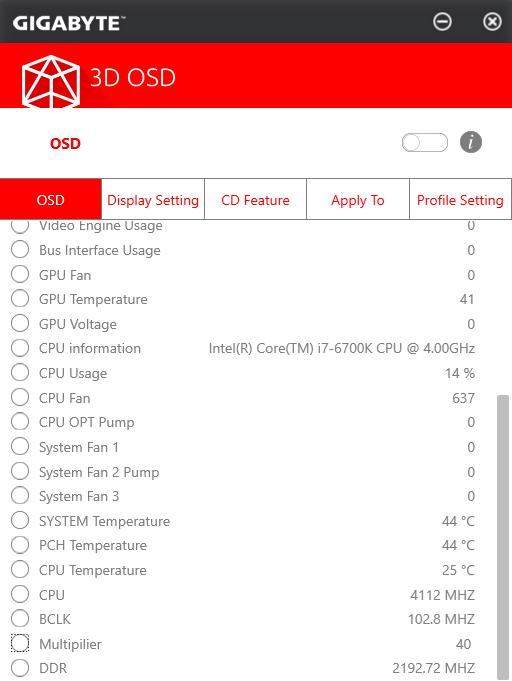
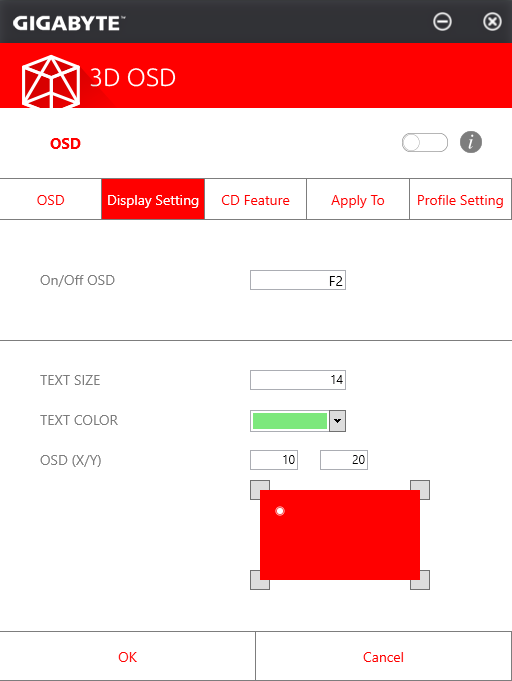
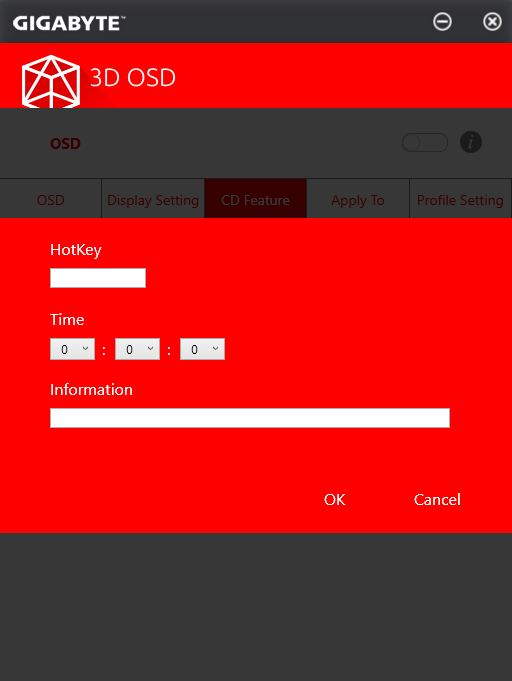

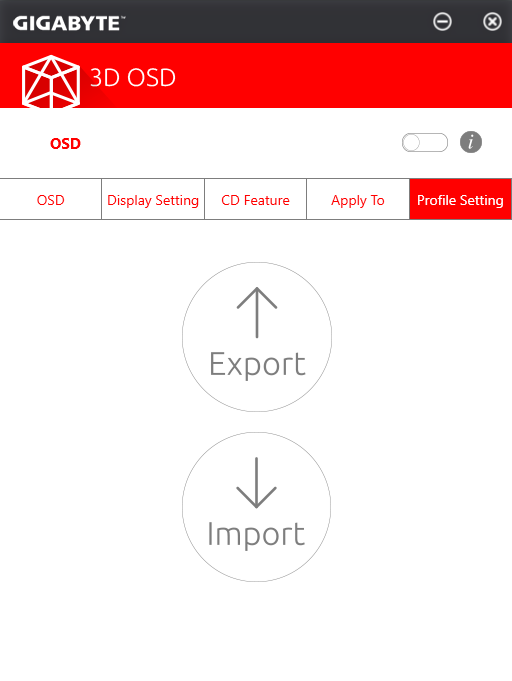
Gigabyte 3D OSD lets you overlay various system stats in various positions of various program windows.

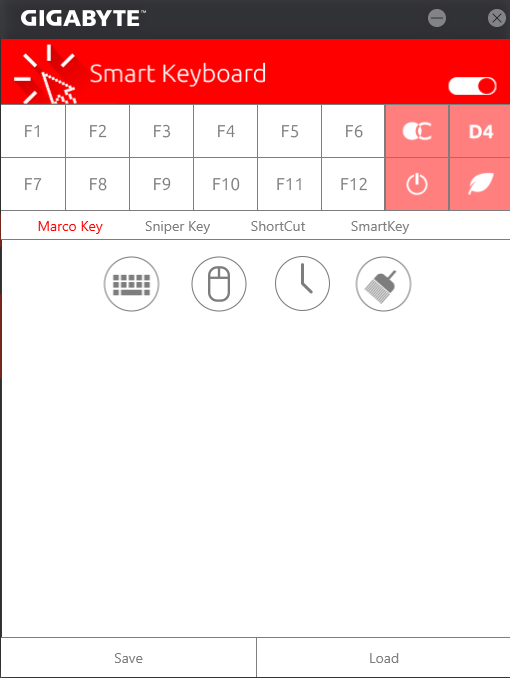

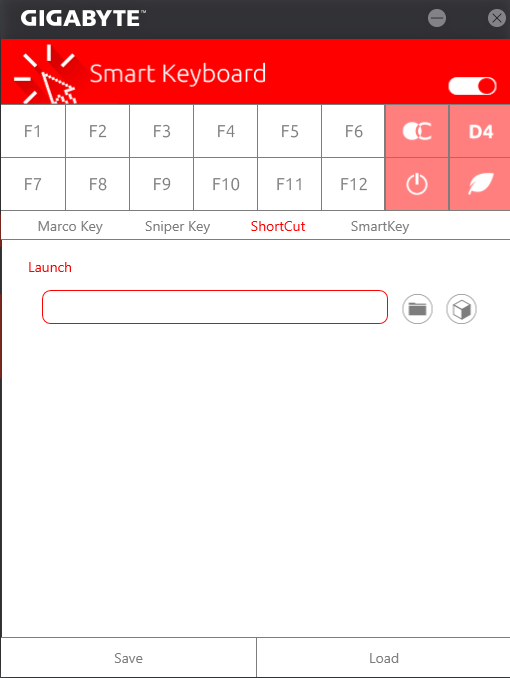
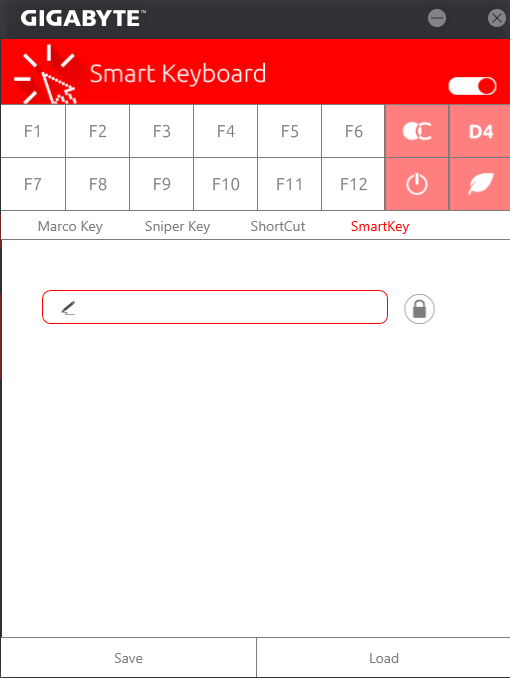
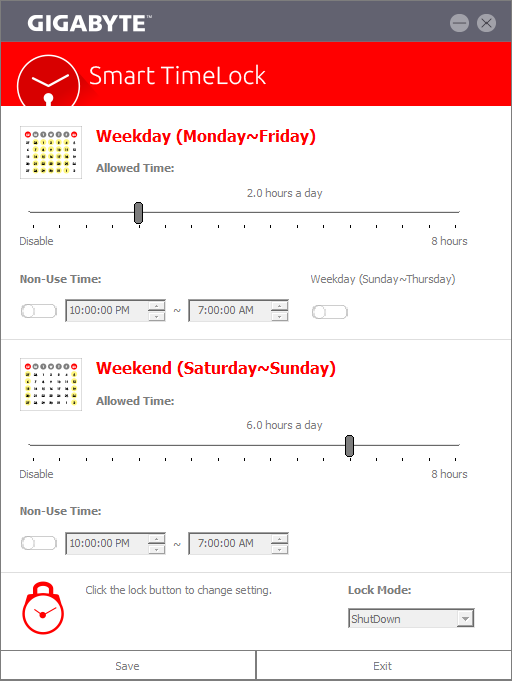
Among Gigabyte’s “Smart” utilities are its Smart Backup partition imaging program, Smart Keyboard macro and mouse settings applet, and Smart TimeLock user access control.
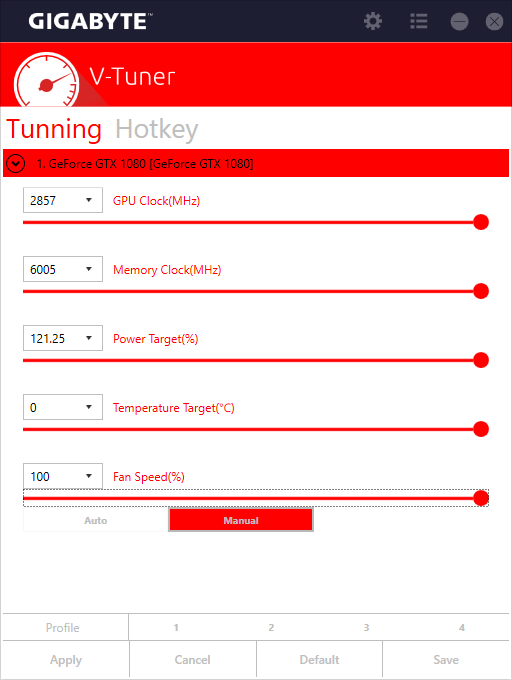

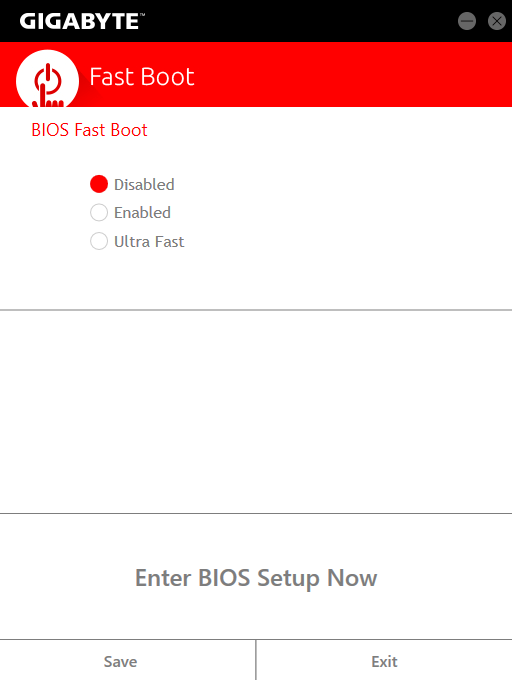
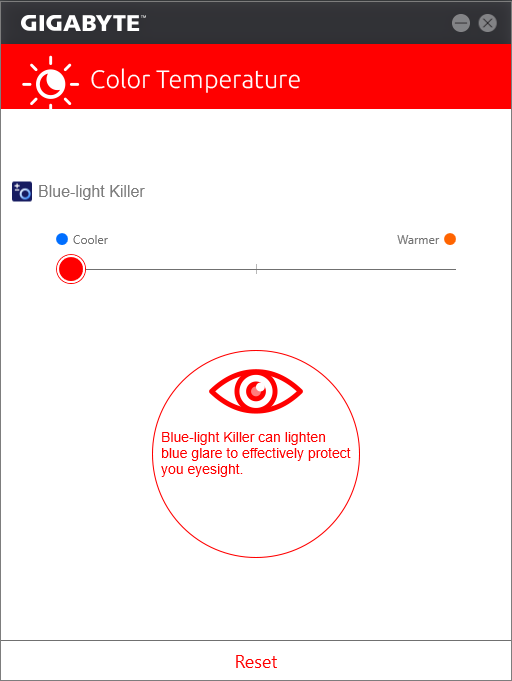
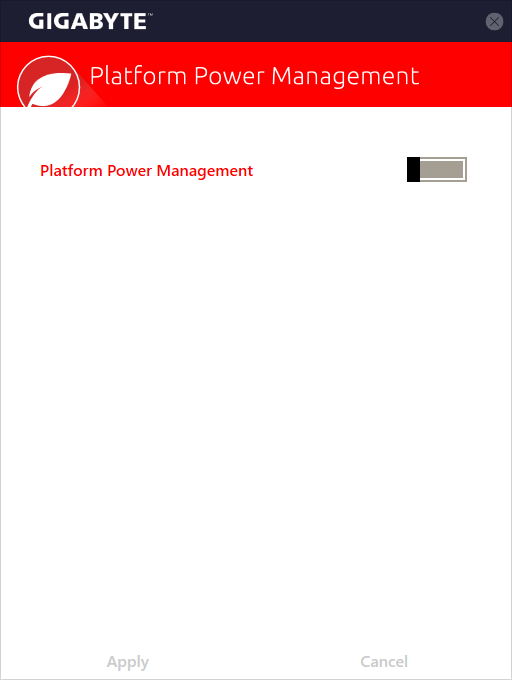
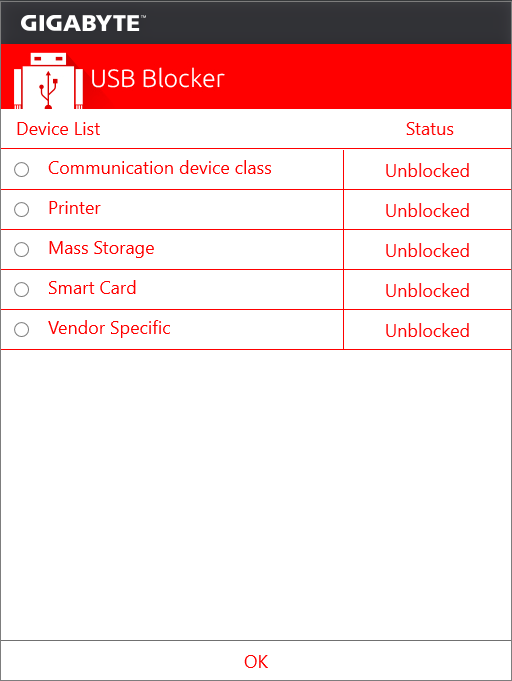
Other Gigabyte utilities are fairly self-explanatory, highlighted by its V-Tuner graphics card overclocking utility that works with my own MSI graphics card, and its USB Blocker that’s designed to prevent unauthorized USB devices from gaining system access without owner approval.
MORE: Best Motherboards
MORE: How To Choose A Motherboard
MORE: All Motherboard Content
Current page: Gigabyte’s Software Suite
Prev Page Introducing Gigabyte’s Z170X-Ultra Gaming Next Page Z170X-Ultra Gaming Firmware And Overclocking